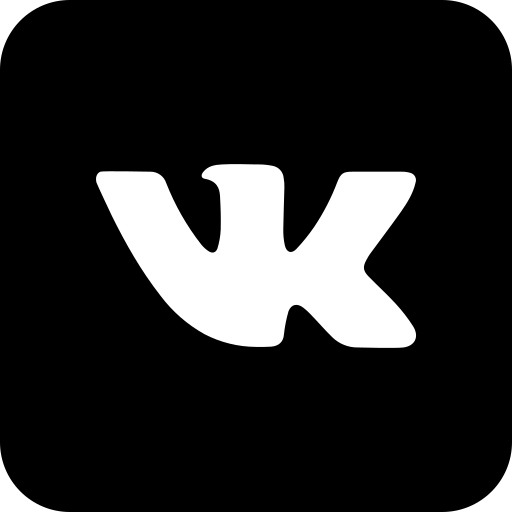Seeing Soviet art can still evoke bitter memories for those critical thinkers who were brought up in the USSR.
Ekaterina Degot shares with “Dialogue of Arts” her thoughts on why it is not effective to discriminate between “official” and “unofficial” art:
Sergey Guskov. Did the handling of art as literature have a negative impact on art?
Ekaterina Degot. On the contrary, it had a tremendously positive effect. It is only art built around a narrative that is of inter- est. Narrative-based works have a greater chance of being described and analyzed by critics and writers.
SG. Did such a handling also affect “unofficial” art?
ED. This so-called “unofficial” art varied. If we are talking about artists of the conceptual circle, they were involved in an in-depth critical rethinking and recycling of both the Russian artistic tradition, which can be traced from the avant-garde to socialist realism, and Western concep- tual art with which they were also familiar.
SG. Education, which is a class privilege, allows one to understand, say, abstract art. Does a narrative contribute to delivering a message to the masses?
ED. Narrative, as Bourdieu states it, is considered a characteristic of art for the lower classes. My education as an art historian at some point came to engender class-based contempt for realism. Although we all studied it and had wonderful teachers on the subject, the feeling persisted that it was something spelled out for masses.
SG. Are the commonly adopted categories of socialist realism, “official” art, and “unofficial” art relevant? Are there any alternatives?
ED. The notion of socialist realism is relevant – a term with which the artists themselves identified their work – but we should carefully consider how this category evolved over the whole Soviet period, what was considered to be socialist realism and what was not. This hasn’t been accomplished yet. Regarding the discrimination between “official” and “unofficial” art, it doesn’t seem produc- tive. It would be more appropriate to consider artist’s work in terms of his or her relation to various artistic collectives and official organizations. In Soviet art it was the period of the cultural revolution of the late 1920s, early 1930s that played a greater role than the abstract avant-garde.
SG. What should one know about the life and political situation of the Soviet period to better understand the art of that time?
ED. Soviet art should be considered as the product of the alluring grand idea of the October revolution which nevertheless turned out to be a failure. A failure and a tragedy that in certain aspects was exceptionally productive. The October revolution was a hugely successful historical event in the sense that it brought up a whole generation of highly educated people with certain values but on the other hand there was a high price to pay. The failure of this revolution as Žižek rightfully puts it is the main tragedy of the 20th century. The pivotal tragedy which also gave rise to complex and thought-provoking artworks.
DI #5-2017




